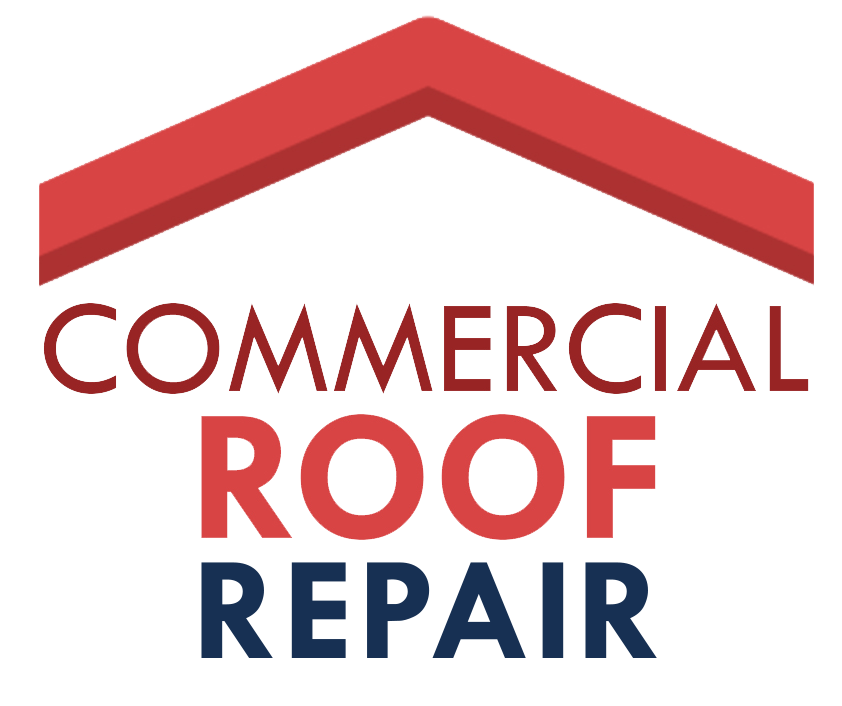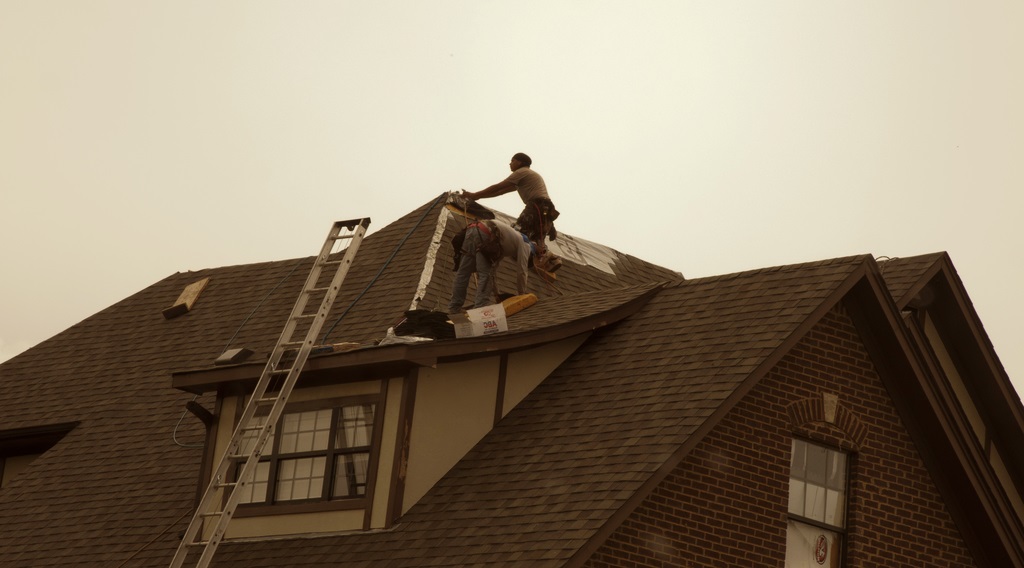Roofs are an essential component of any building, protecting it from the elements. However, storms, hail, or fallen trees can cause severe damage to your roof, requiring immediate attention. In this article, we’ll guide you through the steps of emergency roof repair and provide you with some valuable tips to minimize potential damages and ensure the safety of your home and family.
Table of Contents
Assessing the Damage
The first step in any emergency roof repair situation is to assess the extent of the damage. Look for visible signs of damage like missing shingles, cracks, dents, or holes. If possible, check your attic for any signs of leaks or water damage. Take photos of the damage as evidence for insurance purposes.
FAQs:
What should I do if the damage is too high to reach?
If you can’t safely access the damaged area, use binoculars or a camera with a zoom lens to take pictures of the damage.
Do I need to climb onto the roof to check for damage?
No, it’s not necessary to climb onto the roof to inspect it. You can perform a visual inspection from the ground or use a ladder to get a closer look.
Mitigating the Damage
After assessing the damage, the next step is to mitigate it as much as possible. Cover any exposed areas or openings with a tarp or plastic sheeting to prevent further water damage. If there are any overhanging branches on the roof, remove them carefully to prevent additional damage.
FAQs:
What type of tarp should I use?
Use a heavy-duty tarp made of waterproof material like polyethylene or canvas.
How can I secure the tarp to the roof?
Use nails, screws or roof staples to secure the tarp to the roof. Be careful not to damage the roof further while doing so.

Calling a Professional Roof Repair Service
While you may be tempted to fix the damage yourself, it’s best to leave it to the professionals. Emergency roof repair can be dangerous and should only be done by licensed and experienced roofing contractors. They have the necessary tools and equipment to fix your roof safely and efficiently.
FAQs:
How do I choose the right roofing contractor?
Look for local and established roofing companies with good reviews and ratings. Check their licenses and insurance coverage before hiring them.
What if I can’t afford a professional roof repair service?
Check with your insurance company to see if the repairs are covered under your policy. Some policies cover emergency repairs, so you may be able to get them done at a lower cost.
Making a Claim with Your Insurance Company
Contact your insurance company as soon as possible to report the damage and start the claims process. Provide them with the photos of the damage you took earlier and any other relevant information they may require.
FAQs:
Will my insurance cover all the costs of the repairs?
It depends on the type of policy you have and the extent of the damage. Your insurance company will assess the damage and let you know what expenses are covered.
How long does it take to settle an insurance claim?
It varies depending on the complexity of the claim and the responsiveness of the insurance company. It can take anywhere from a few days to several weeks to settle a claim.
Preventing Future Damage
Once you’ve taken care of the immediate emergency, it’s essential to take steps to prevent future damage. Schedule regular inspections and maintenance to keep your roof in good condition. Trim any overhanging tree branches to prevent them from falling on your roof during storms.
FAQs:
How often should I have my roof inspected?
It’s recommended to have your roof inspected at least once a year, preferably before the start of the storm season.
What can I do to maintain my roof?
Regular maintenance includes cleaning debris off the roof, checking for and repairing any damage or leaks, and keeping gutters and downspouts clean and clear.
Conclusion
Emergency roof repair can be stressful and overwhelming. However, by following these steps and working with a professional roofing service, you can quickly get your damaged roof back in good shape and avoid further damage or risks to your home and family. Remember, prevention is always better than cure when it comes to maintaining your roof’s health and safety.

I come from an extensive family of construction professionals and have been around it most of my life. Early in my home renovation career, I remodeled several homes as well as built custom homes and additions.
Although this was a great experience, I decided to specialize in roofing and gutter systems because I enjoy interacting with customers and seeing their satisfaction when the job is done.

